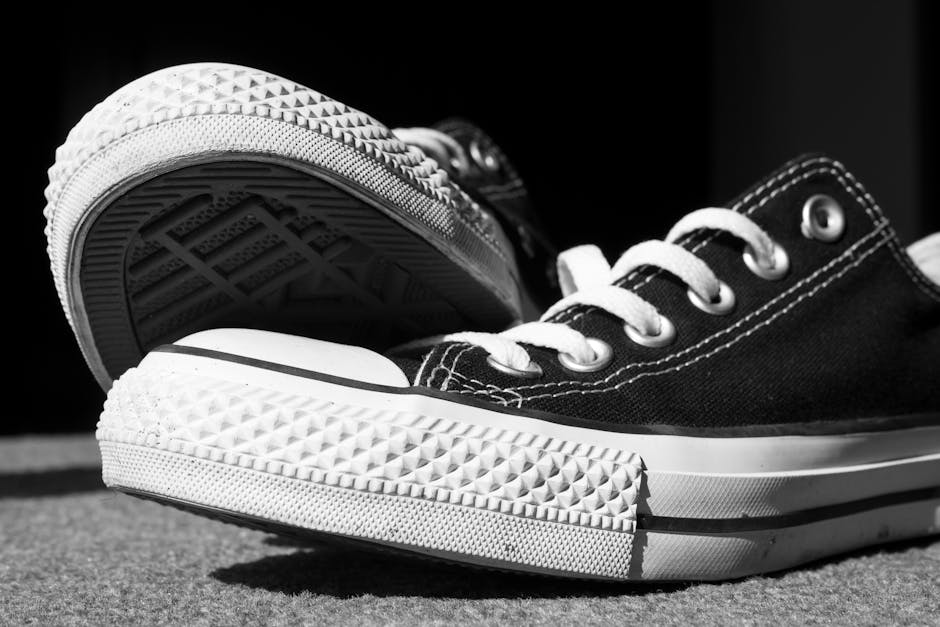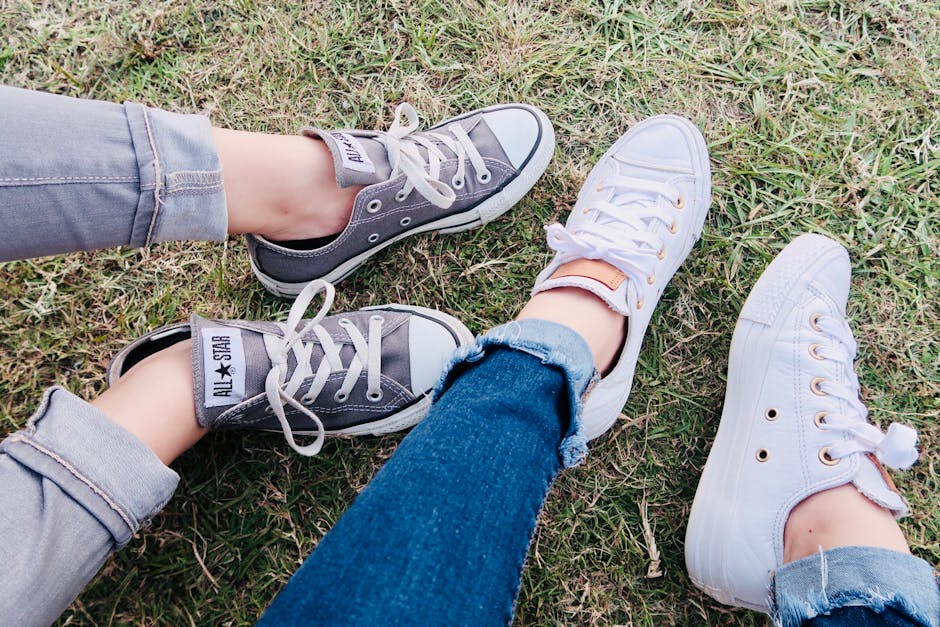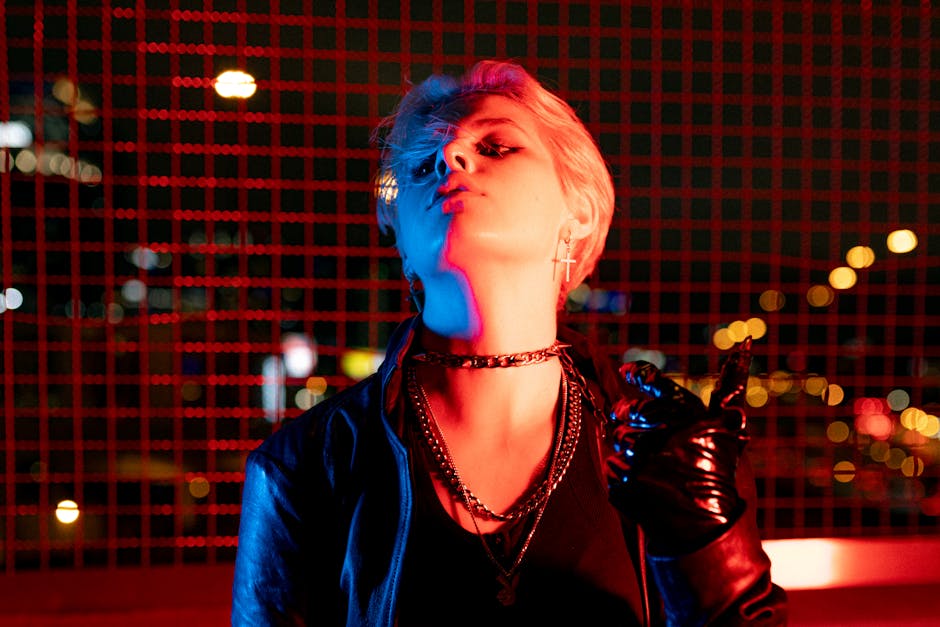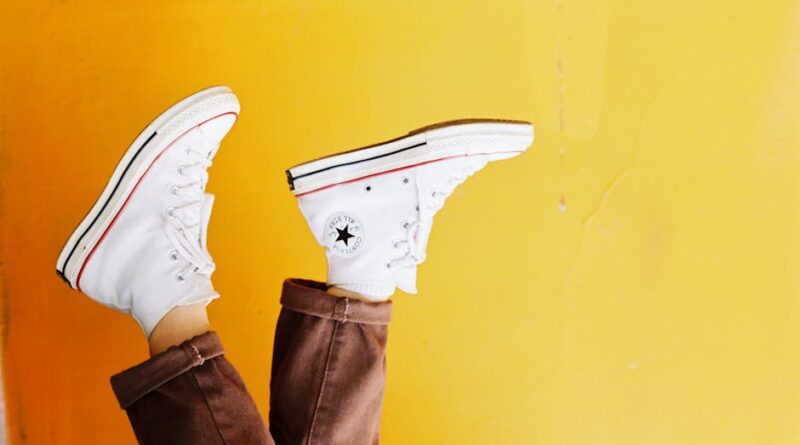Fashion for All Initiatives: Inclusivity in the Fashion Industry
When we think of the fashion industry, we often conjure images of glitz, glamour, and exclusivity. However, a shift is underway in the fashion world, where inclusivity and diversity are becoming key pillars of the industry. Fashion for all initiatives are paving the way for a more inclusive and representative fashion landscape, breaking down barriers and celebrating individuality. In this article, we will delve into the world of fashion for all initiatives, exploring their significance, impact, and future implications.
The Rise of Fashion for All Initiatives

The fashion industry has long been criticized for its lack of diversity and representation. Historically, fashion has been dominated by a narrow standard of beauty, with limited options for individuals outside of this ideal. However, in recent years, there has been a growing movement towards inclusivity in fashion, with brands, designers, and industry stakeholders championing diversity in all its forms.
One of the key drivers of this movement is the rise of fashion for all initiatives, which aim to make fashion more accessible, inclusive, and representative of diverse communities. These initiatives encompass a wide range of efforts, from size-inclusive clothing lines to campaigns that celebrate different ethnicities, genders, and body types. By embracing diversity and inclusivity, fashion for all initiatives are reshaping the industry and challenging traditional standards of beauty and style.
Size Inclusivity in Fashion

One of the most prominent aspects of fashion for all initiatives is size inclusivity. For too long, the fashion industry has catered primarily to straight-size individuals, leaving plus-size consumers with limited options and representation. However, in recent years, there has been a significant push towards size inclusivity, with brands expanding their size ranges and featuring a diverse range of models in their campaigns and runway shows.
Body positivity movements and social media influencers have played a crucial role in advocating for size inclusivity in fashion. Campaigns such as #WeWearWhatWeWant and #EffYourBeautyStandards have empowered individuals of all sizes to embrace their bodies and demand better representation in the fashion industry. As a result, many brands have started to offer extended size ranges, ensuring that individuals of all sizes can find stylish and trendy clothing options.
Ethnic Diversity and Representation

Another important aspect of fashion for all initiatives is ethnic diversity and representation. In the past, the fashion industry has been criticized for its lack of diversity on the runway and in advertising campaigns. However, in recent years, there has been a noticeable shift towards greater representation of diverse ethnicities in fashion.
Many brands are now featuring models from various ethnic backgrounds in their campaigns, celebrating the beauty and cultural richness of different communities. This push for ethnic diversity in fashion is not only a step towards inclusivity but also a reflection of the changing demographics of consumers worldwide. By embracing diversity in all its forms, fashion brands are able to connect with a broader audience and create a more inclusive and welcoming environment for all individuals.
LGBTQ+ Inclusivity in Fashion

Another important aspect of fashion for all initiatives is LGBTQ+ inclusivity. The fashion industry has traditionally been slow to embrace and represent individuals from the LGBTQ+ community. However, in recent years, there has been a growing movement towards greater inclusivity and representation of LGBTQ+ individuals in fashion.
Many brands are now featuring LGBTQ+ models and designers in their campaigns and runway shows, highlighting the diversity and talent within the community. Additionally, there has been a rise in gender-neutral and gender-fluid fashion lines, catering to individuals who do not conform to traditional gender norms. By embracing LGBTQ+ inclusivity, fashion brands are not only championing diversity but also sending a powerful message of acceptance and equality.
Sustainable and Ethical Fashion
Aside from diversity and representation, fashion for all initiatives also encompass sustainability and ethical practices. The fashion industry is one of the largest contributors to environmental pollution and exploitation of labor. As a result, there has been a growing demand for sustainable and ethical fashion practices that prioritize the well-being of both people and the planet.
Brands are now incorporating sustainable materials, such as organic cotton and recycled fabrics, into their collections. Additionally, there has been a push towards ethical manufacturing processes that ensure fair wages and working conditions for garment workers. By embracing sustainable and ethical practices, fashion brands are not only reducing their environmental impact but also promoting social justice and accountability within the industry.
The Future of Fashion for All Initiatives
As fashion for all initiatives continue to gain momentum, the future of the fashion industry looks more diverse, inclusive, and representative than ever before. Brands that embrace diversity and inclusivity are not only meeting the demands of consumers but also setting a new standard for the industry as a whole. Moving forward, it is essential for fashion brands to prioritize inclusivity, representation, and sustainability in order to remain relevant and connected to their audience.
Common Misconceptions About Fashion for All Initiatives
Despite the progress made in the realm of fashion for all initiatives, there are still some common misconceptions that persist. One of the most prevalent misconceptions is that inclusivity in fashion is a passing trend or marketing ploy. In reality, inclusivity is not a trend but a fundamental shift towards a more equitable and representative fashion industry.
Another misconception is that caterin…




